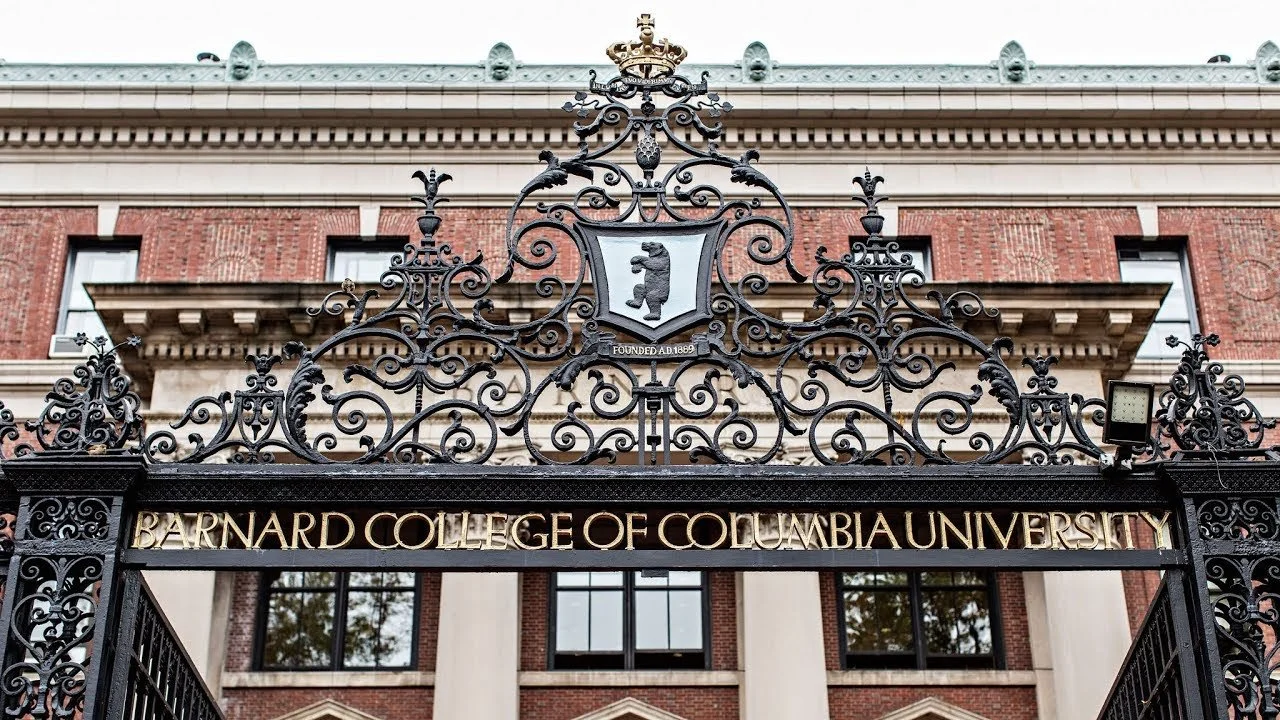Connecting More Dots: What's Next for a Big STEM Teacher Initiative?
/Monkey Business Images/Shutterstock
In the booming arena of education philanthropy, there are some pretty staunch ideological outlooks driving giving. One of the most compelling things about 100Kin10—a national network established to support K-12 STEM teacher training—is that it doesn't have one fixed strategy for tackling the shortage.
While partners are vetted by the organization, it’s open to a variety of stakeholders and ideas, so long as they commit to contributing to the network goal—the creation and retention of 100,000 well-trained STEM teachers by 2021. The network recruits funding partners, who pledge certain amounts. Then network participants can shop the pool of partners for groups they want to support.
The network has been around since 2011, and has come a long way. It's up to 280 partners from 28 when it started, and has been part of a series of collaborative projects, forums and fellowships.
Now, while keeping the same basic partnership model, 100Kin10 is shifting to direct focus on a set of long-term systemic problems it’s identified in the field of STEM education, calling them “Grand Challenges.” The network just released an extensive, online map of these challenges, along with six root causes that include the time teachers have to collaborate, the number of states with strong science standards, financial relief for STEM majors entering teaching jobs, and time teachers have for professional development. It's a resource reminiscent of other philanthropy-backed mapping projects like FundingtheOcean.org.
Related: Deep Blue Money: An Effort to Untangle a Growing Web of Ocean Conservation Funding
“The desire to identify and tackle these Grand Challenges arose from the recognition that training more teachers, without solving the underlying issues that created the STEM teacher shortage, would only advance STEM learning in the short term,” the announcement states.
That’s a notable move beyond the 100,000-teacher goal in the network’s name, a target set by the Obama administration in 2011, although the organization is still charting progress there, too, with 40,000 trained to date.
So who’s backing this work? Along with the new map of these Grand Challenges, 100Kin10 announced its fourth round of pledges from funders, totaling $28 million and bringing the total amount of support for partners to $103 million. 100Kin10’s core funders are Carnegie Corporation (a co-founder), the S.D. Bechtel, Jr. Foundation, Ewing Marion Kauffman Foundation, Simons Foundation, New Schools Venture Fund, and Chevron. Other funders from the latest round include Overdeck Family Foundation, Heising-Simons Foundation, M.J. Murdock Charitable Trust, and a bunch of other foundations and corporations.
In short, there are a lot of funders giving to a lot of organizations carrying out this work. It’s that collective element that’s particularly impressive, as the 280 partners include a mix of corporations (hoping to keep their pipeline of future employees flush), foundations, universities, charter schools, teachers unions, K-12 districts, even institutions like the New York Botanical Gardens and the San Diego Zoo.
While 100Kin10 sprouted from President Obama’s 2011 State of the Union, in which he set the 100,000 STEM teacher goal, the network strives to be inclusive and nonpartisan, touting what they call an “all-hands-on-deck approach” and stressing shared knowledge. Or as Executive Director Talia Milgrom-Elcot has said, the network hopes to help “people to collaborate, not pit people against each other.”
It’s a kind of cross-cutting approach that is a fitting opportunity for philanthropy, especially when dealing with a problem that pervades public school systems in 50 states, universities, industries, federal agencies, and so on. 100Kin10 has been kind of a central holding tank for the constellation of actors working in STEM teaching, and with this additional funding and new tool, hopes to connect some of those dots in a more strategic way. Check out the map and supporting research here.
Related:







































